Find out what the propagation and garden teams have been up to this week.
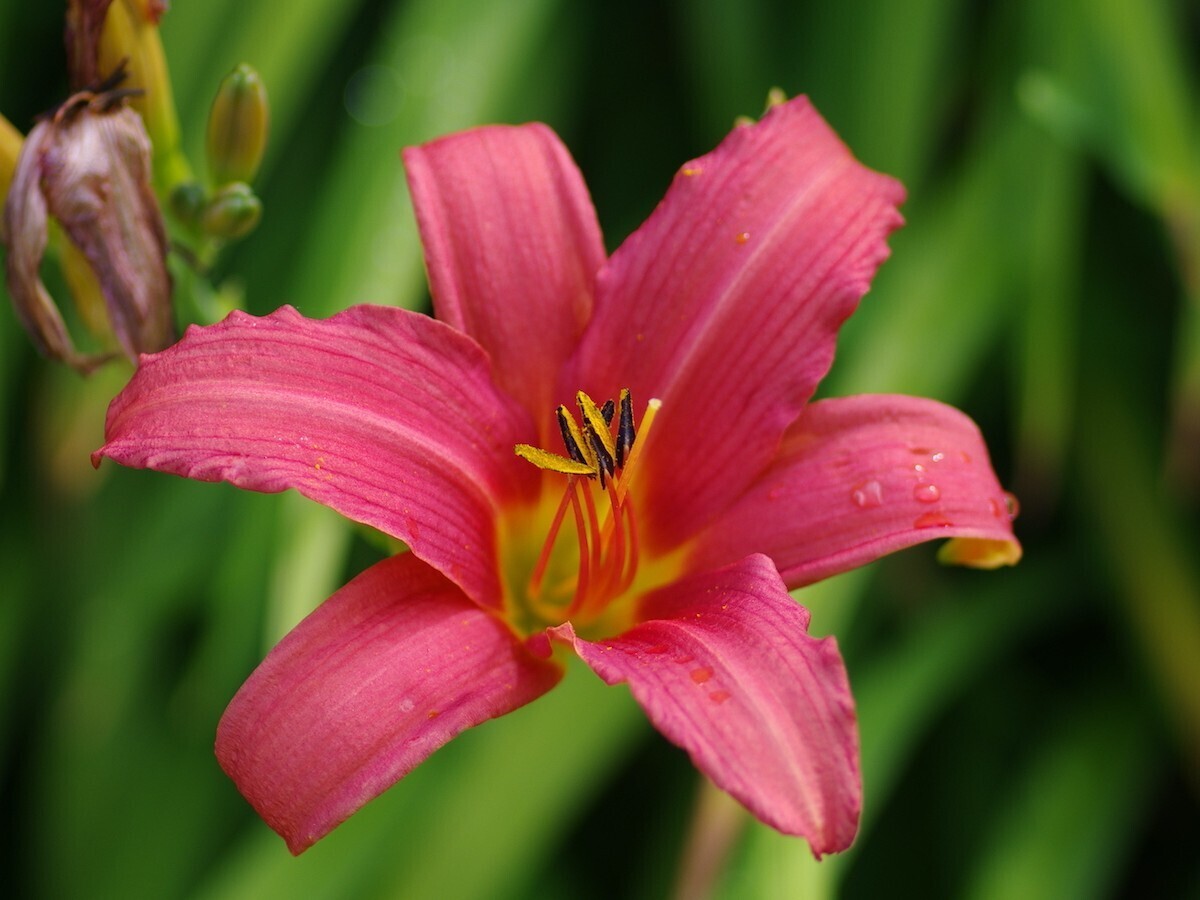
Hemerocallis (day lily)

There aren’t many plants that offer so many flowers in such a variety of colours and that, providing you plant a mixture of early, mid and late-flowerers, can provide you with blooms from spring to the end of summer.
The name hemerocallis, combining the Greek words for day (hemero) and beautiful (kalos), refers to the fact that a day lily flower is open for only one day, although each stalk has multiple buds which open over several days.
Some of our favourite varieties:
Hemerocallis 'Corky'- similar to H. 'Golden Chimes' but cooler. A small dainty plant whose slender branching stems carry a long succession of pale yellow flowers with bronze reverse.
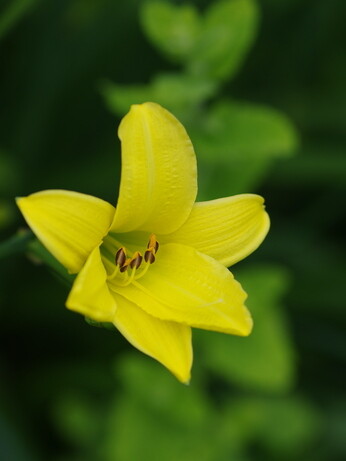
Hemerocallis 'Lilac Wine'- beautiful purple to pink open trumpet shaped flowers in mid to late summer.
Hemerocallis 'Thumbelina'- many small flowers of deep even orange with bronze tinted backs.
Hemerocallis 'Pink Damask'- rich dusky pink flowers in summer. One of the best pink daylilys, the flowers held well above neat leafy clumps.
Hemerocallis 'Joan Senior'- is similar to H. 'Gentle Shepherd', but opens palest-lemon fading to creamy-white with a pale green centre.
Early season-
Mid season-
Late season-
Growing conditions
If you follow Beth’s ethos of ‘right plant, right place‘ and are familiar with the nursery, you will have noticed that some of the companion plants I’ve mentioned can tolerate quite dry conditions Verbena bonariensis and Salvia 'Blue Spire' (pervoskia), but hemerocallis will be found on the ‘General‘ section of the nursery.
Should these be planted together?
Well, hemerocallis are so unfussy and adaptable that I don’t see it as a problem. As long as they get a little moisture in the spring as the plant is making stalks and buds, they are very drought-tolerant because of their extensive root system. A generous mulch in spring will help retain the moisture. Hemerocallis do love sun though, so don’t be tempted to plant them in the shade or under trees.
Maintenance
I should mention dead heading. You don’t really need to for the health and vigour of the plant; the amount of energy used in seed production is insignificant. It does make the plant look a lot tidier though. Spent blooms just hang there looking either soggy of crispy depending on the weather.
You’ll probably want to divide your clumps every three years or so when they get a bit congested. They’re easily divided in the Autumn or Spring when they’re dormant. Re-plant the small clumps and you’ll soon have fantastic verdant drifts – or lots of plants to give away if you’re short on space.
To eat or not to eat
Native to Eastern Asia, hemerocallis were originally introduced to this country as a culinary and medicinal herb. The dried, unopened buds of H. citrina are sold in Asian markets as ‘Golden Needles‘, used to thicken soups. Fresh buds can be used in salads or stir-fried. If you haven’t eaten them before, as with anything new, try just a small amount first in case you’re allergic.
I think it’s a bit of a travesty to eat them though. They’re so beautiful, let them be beautiful for a day and enjoy their delicious perfume and exotic-looking flowers.
View our full range of hemerocallis HERE


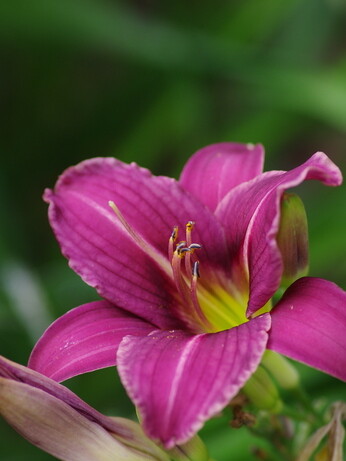
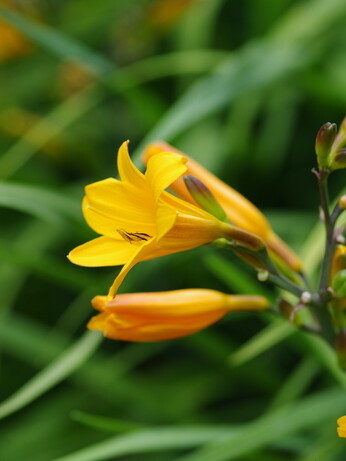
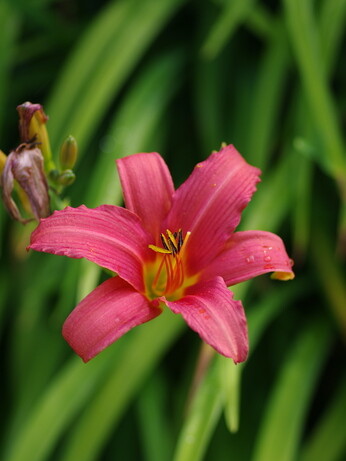
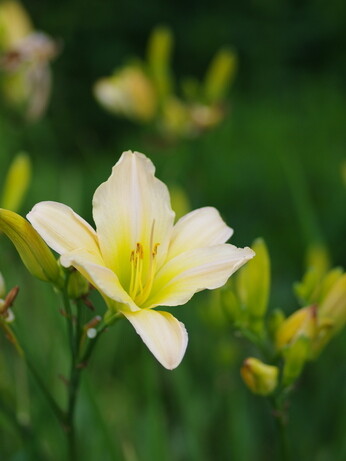
I read some papers about daylilies being native to the United States, and when the Chinese first purchased them. They dug up day lilies from older homestead sites and planted them in an old Quarry. I had visited the Quarry. Doesn't look the same. They have put in an impoundment lot in an area that floods and aesthetically it s not the same. Dumb old Columbus Ohio. These daylilies were banked in mounded soil and most bloom fine there also.Two types bloomed. They thought the Chinese bought two types: the single and a smaller semi double, which blooms shortly after the single. Neither produce seeds unlike the lemon lily. Later the same plants were resold by the Chinese.